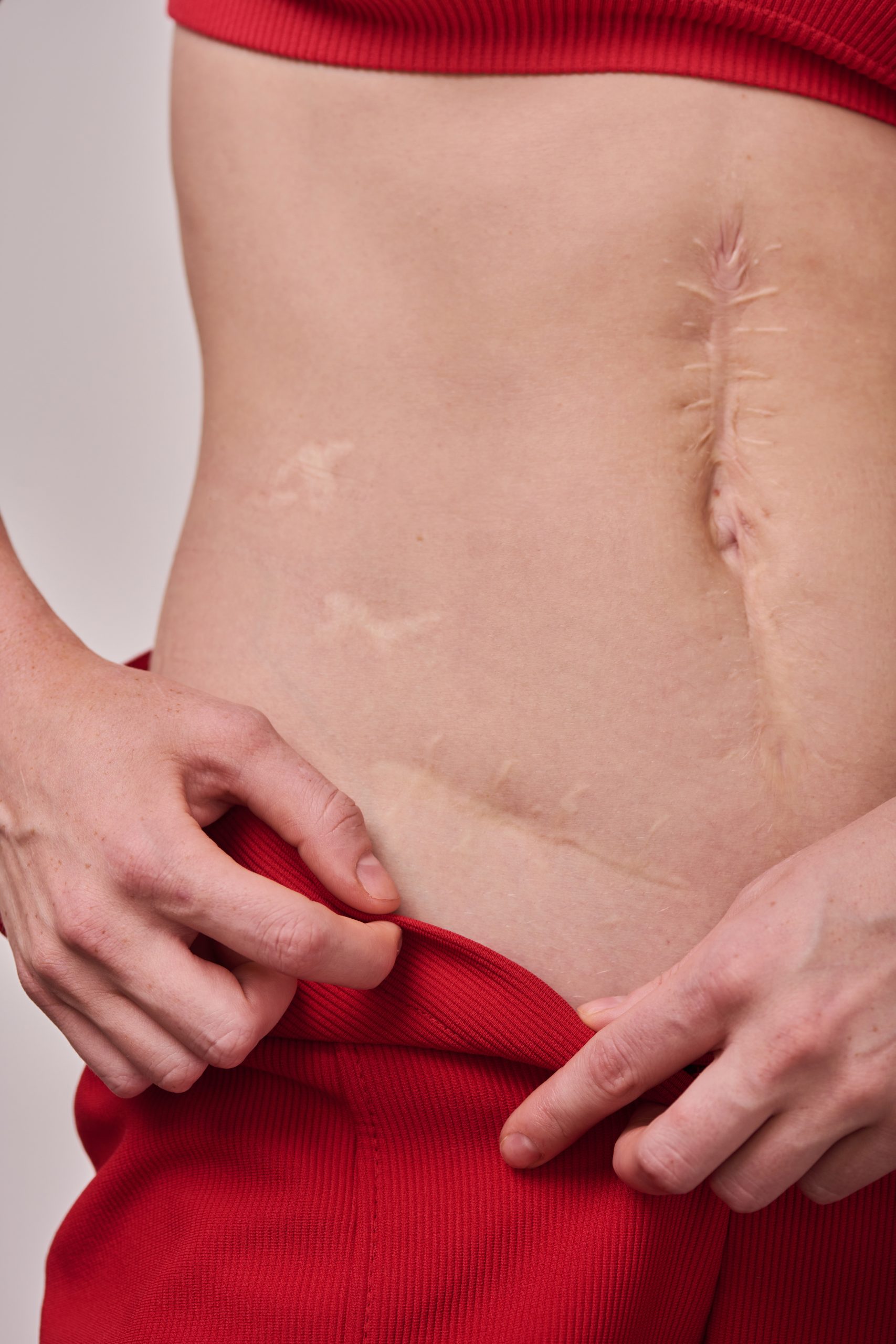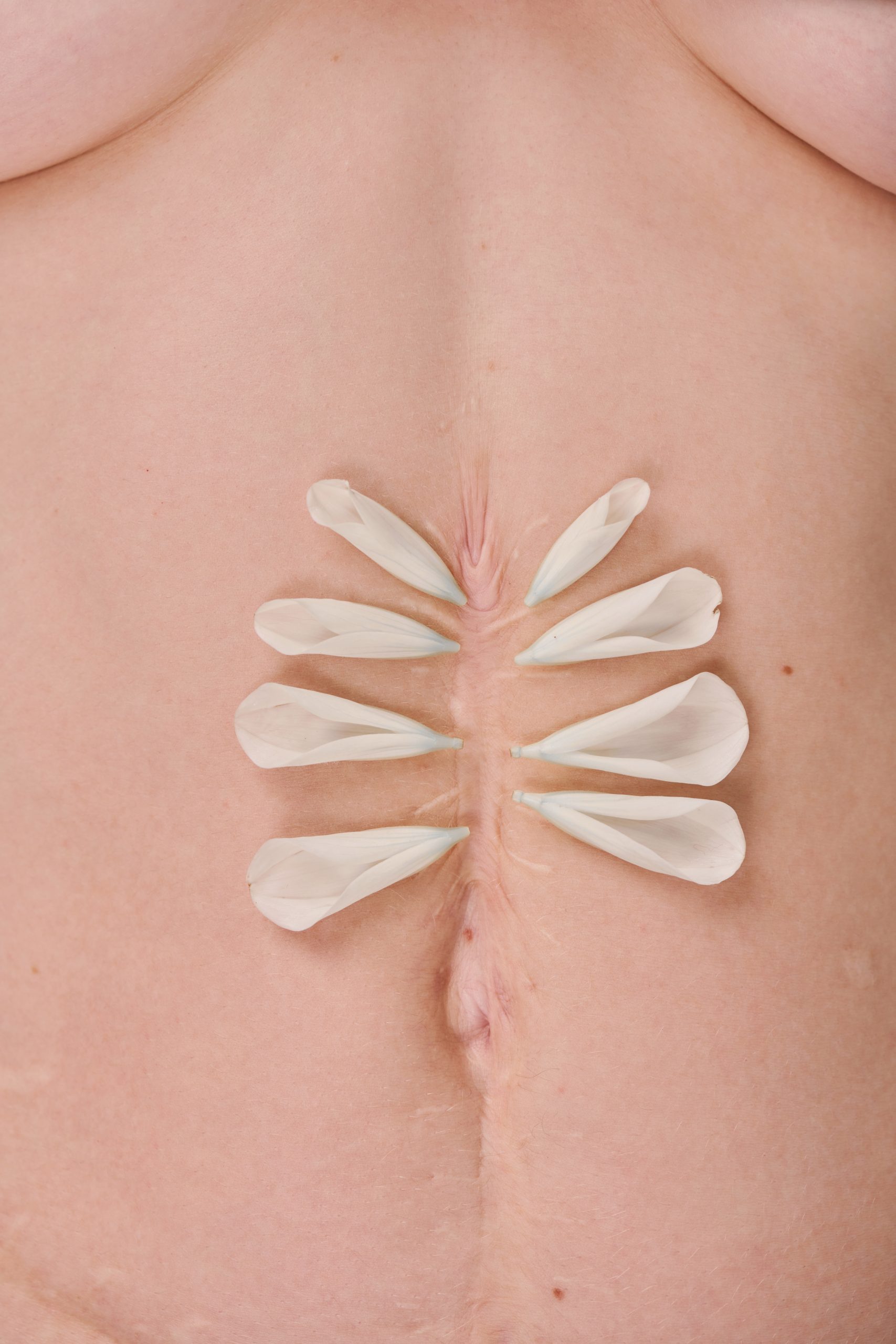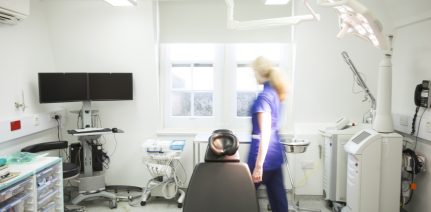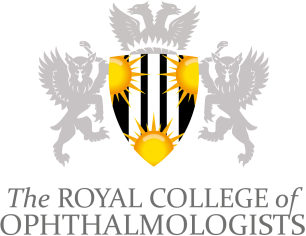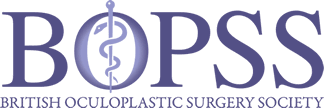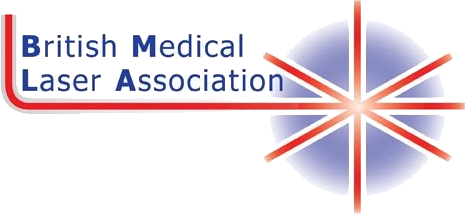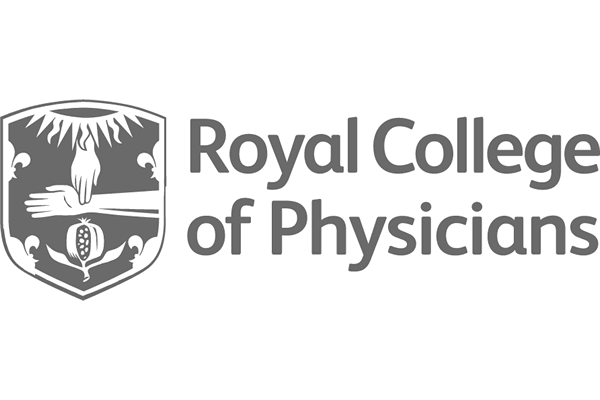Another misconception can be that scar massage with cream is best; this is not always the case, as many times the techniques need to take hold of the scar to mobilise it, which is not possible to do effectively with cream, which makes the scars difficult to hold. Cream or scar hydration is extremely important, but is often best done after scar massage. It can be difficult to know which creams to apply to your scar, we can help guide you in this.
Therapists offer a range of scar techniques. Examples include hypertrophic scar massage and tethered scar massage. They assess scar characteristics, location, age, and other factors to determine the most appropriate scar mobilisation strategy. This is why it is not recommended that patients simply rub and push on their scars without the requisite training and knowledge.
Machines and gadgets for scar massage
Hands are a wonderful tool for scar massage, but there are also other options to maximise the effectiveness of the treatment. These include suction devices, mechanical massage devices, non-mechanical massage tools and taping – all available at The London Scar Clinic. Our scar therapist has pioneered the use of LPG or endermologie for scar mobilisation and in the UK, both within the NHS and in the healthcare sector generally. LPG is a very powerful tool to mobilise scars and increase the comfort and pliability of scarring, restoring you closer to how you felt before the scar.
Why scar treatment is essential for proper healing
Treating scars, whether via massage or other means, is vital for multiple reasons. The first is aesthetics – scars look and feel different to the surrounding skin and can last a long time. Many people struggle with this, and it can affect their body image and confidence, mainly when the scars are in visible areas like the face or limbs.
Additionally, scar tissue can have a range of related complications. It can impair mobility and flexibility in the affected areas, especially when the scars occur near joints and muscles. Scarred skin also tends to be drier, weaker, and more prone to other problems.
Prompt and effective scar treatment helps prevent these unwanted effects, improving the skin’s appearance, function, and health. However, to obtain the most effective and tailored treatment for you and your scars, it is essential to consult with experienced healthcare providers. Specialists will assess your scars and devise an appropriate plan of action to treat them.



